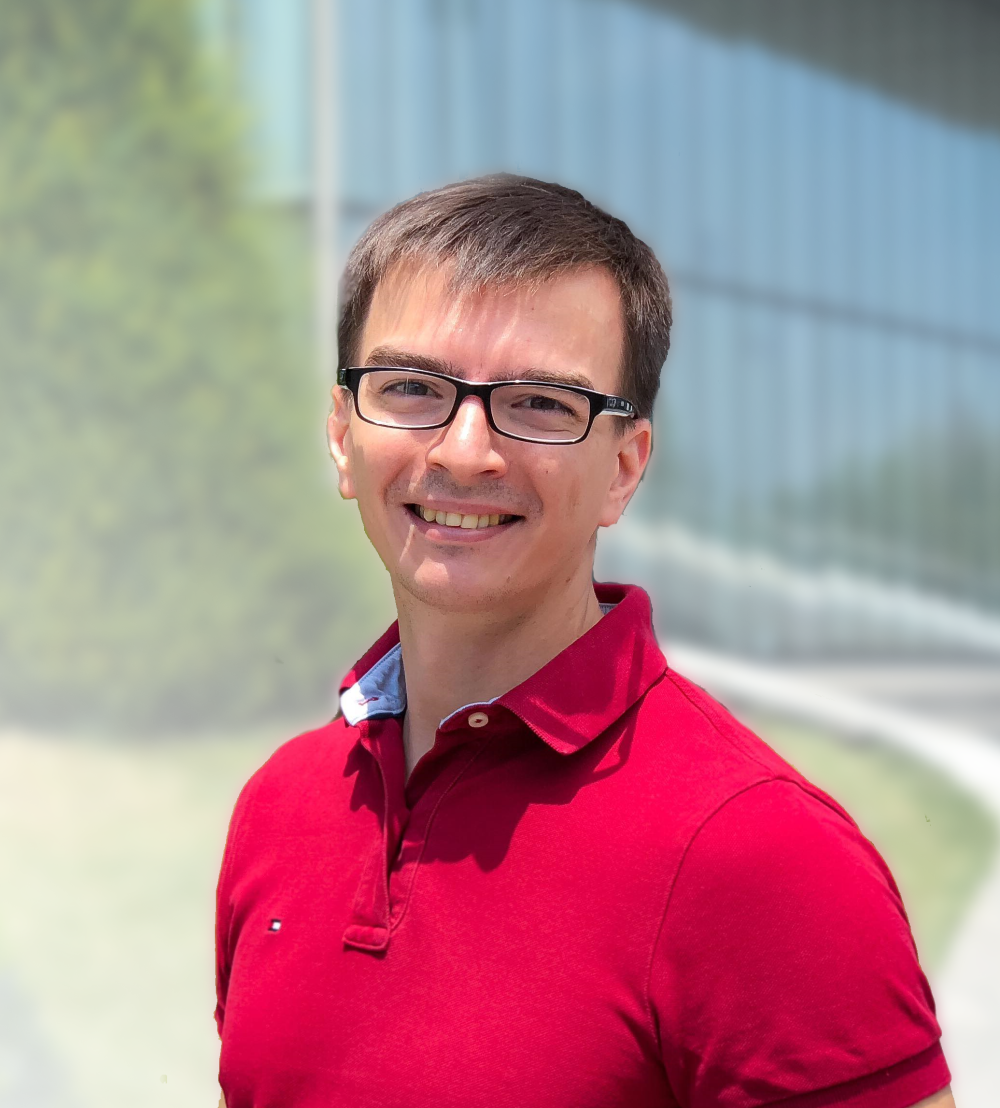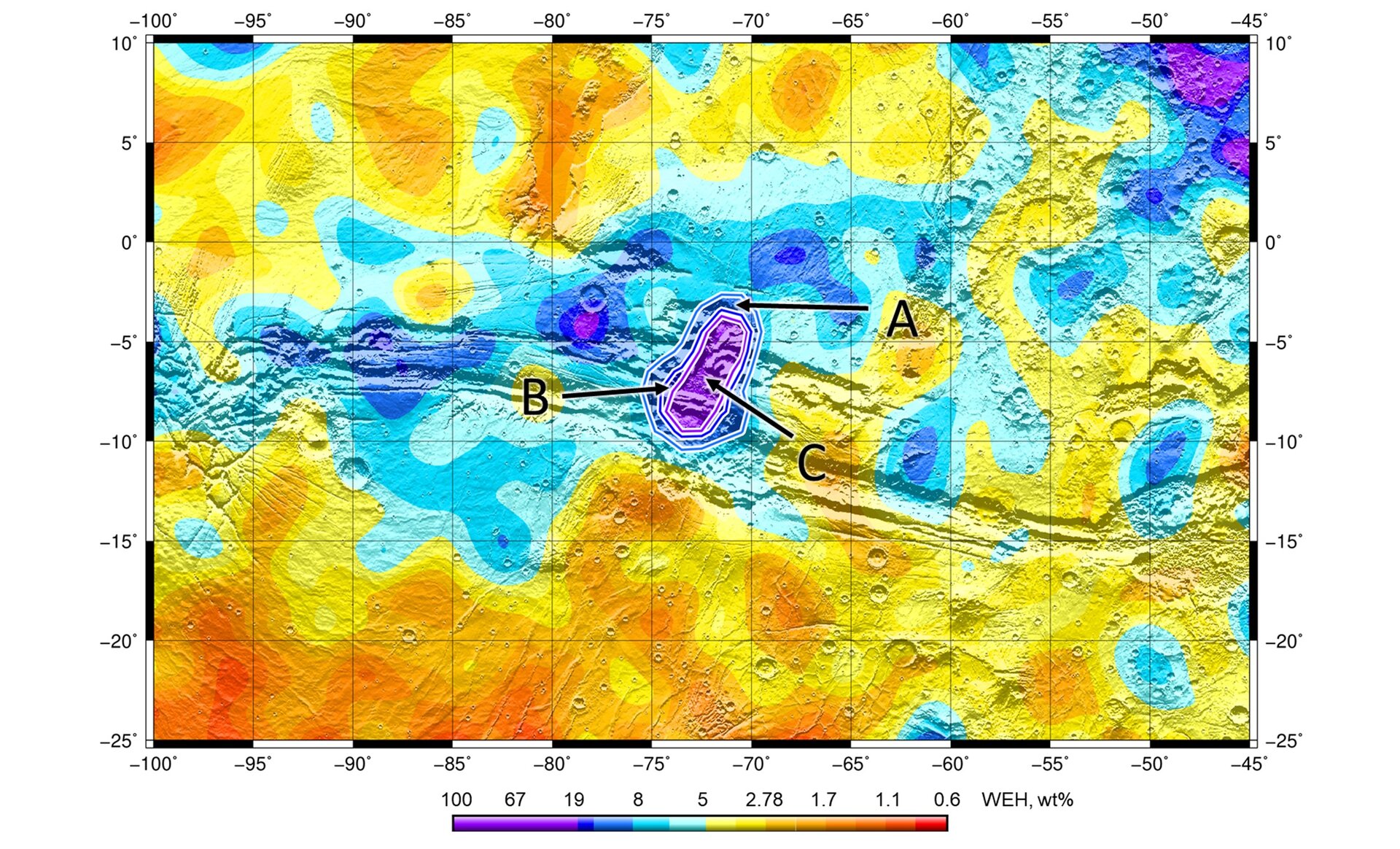Skills
Science: data processing, data mining/manipulations, data visualization (graphs, maps, charts). Analysis, correlation, and comparison of different datasets. Achievement of publishable scientific results. Preparation of peer-reviewed paper texts, review process. Conferences abstracts. Peer review of science grants.
Systems Engineering and Management: Requirements definition and flow. Interaction with engineering teams. Interface control. Technical documentation writer.MS Office, MS Project, Jira, Trello, Redmine. Team’s workflow control. Software and hardware development life cycle. Project planning and execution. Contractual work. Problem solving.
Technical: software development with C++/C/C#, Java, Python, IDL. Databases in MSSQL/Postgres/MySQL, software tools for data manipulation. Visualization tools (IDL, GMT). Windows and Linux advanced user and administrator. Website core technologies (JS, PHP, HTML, CSS) for user interfaces. Version control for code in Git, Bitbucket.
Soft: communication, teamwork, open-mindedness, self-awareness, problem solving, result oriented, time management, multitasking, decision making, accountability, leadership without authority, quick learner, flexible to adapt to change and cultural realities, confidence and commitment, pro-active, can-do attitude, trustworthy.































